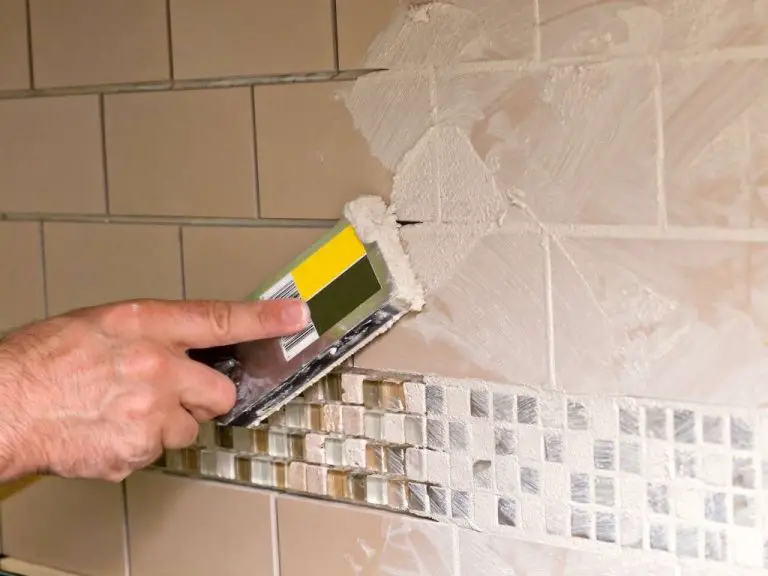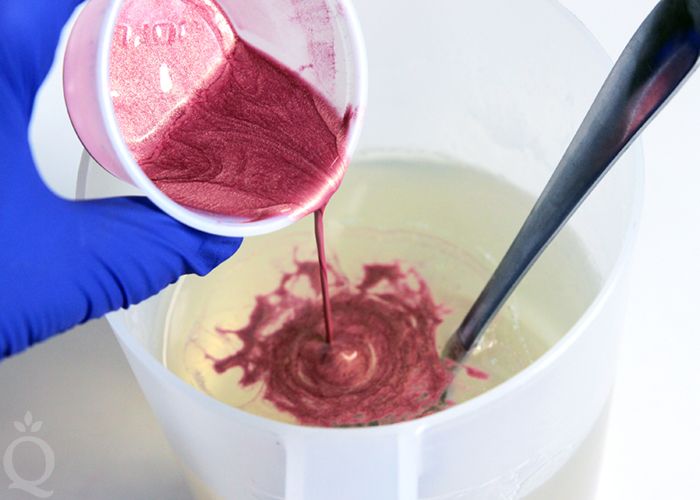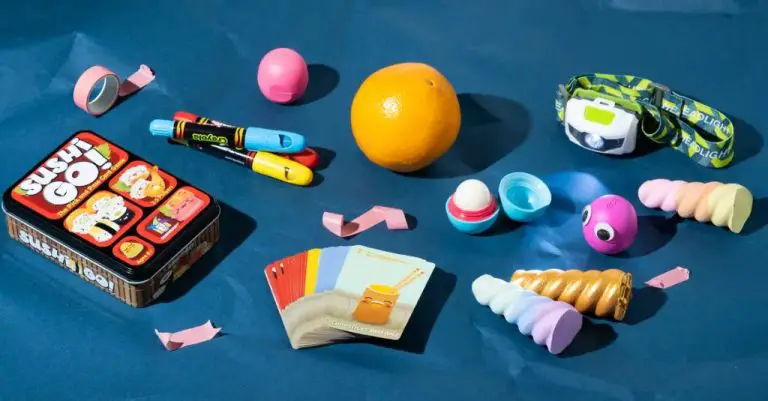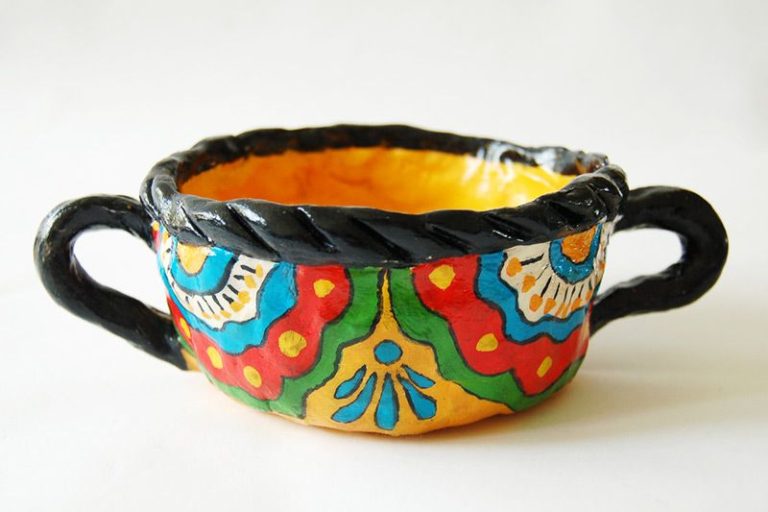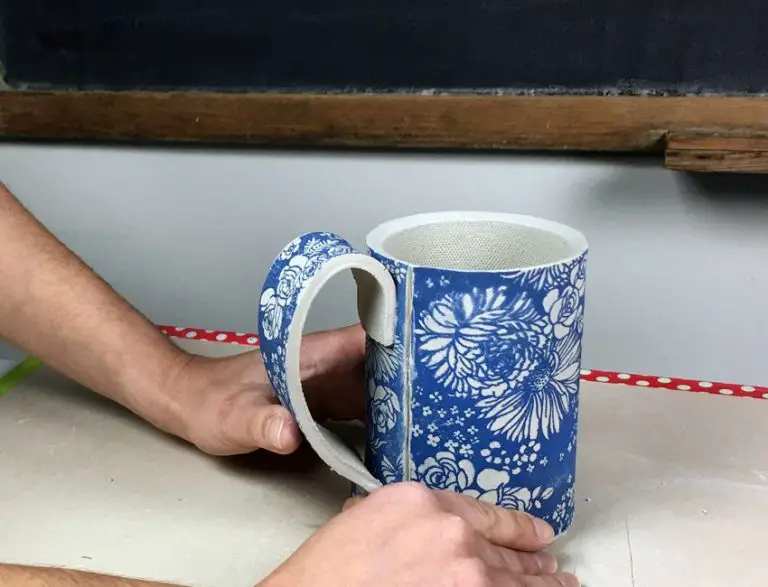Do Real Pearls Lose Their Lustre?
Pearls are naturally occurring gems created through the process of biomineralization in mollusks like oysters and clams. The precious nacre layer, composed of aragonite crystals and conchiolin proteins, produces the luminous iridescent effect known as pearl lustre. Lustre is one of the main determinants of a pearl’s quality and value, producing a soft inner glow that seems lit from within.
A pearl’s lustre depends on the thickness and quality of its nacre layers. Lustre can range from excellent to poor, with the most prized pearls exhibiting a bright “orient” that rolls across the surface according to the play of light. This lustrous iridescence gives pearls their treasured beauty and allure.
What Gives Pearls Their Lustre
The lustre of a pearl comes from its nacre. Nacre is the iridescent coating that forms inside the mollusk shell around an irritant. It is made up of thin layers of aragonite (a crystalline form of calcium carbonate) and conchiolin (a protein). The aragonite plates in nacre are aligned perfectly parallel to each other with tiny gaps in between. This structural arrangement causes light to bounce between the layers, creating an iridescent effect known as lustre or orient in pearls.
Nacre quality greatly impacts a pearl’s lustre. Thicker nacre with tightly packed aragonite crystals and smooth plate alignment produces brighter, more intense lustre. The Akoya pearl oyster secretes particularly fine nacre, resulting in their prized mirror-like lustre (https://www.pearlsofjoy.com/pages/pearl-luster).
The combination of the nacre’s structural light play and the pearl’s smooth surface interact to create the pearl’s hallmark lustrous sheen. This iridescent effect is what distinguishes real pearls from imitations.
Does Lustre Fade Over Time
Yes, the lustre of genuine pearls can fade slightly over time, especially if they are not properly cared for. However, there are factors that impact how quickly or slowly this process occurs.
One of the biggest factors is exposure to chemicals, perfumes, lotions, makeup, and dirt/dust over time. Pearls are porous, which allows them to take on lustre, but also makes them vulnerable to buildup on the surface that can diminish their sheen [1]. Even the natural oils in human skin can coat pearls and degrade their shine.
Another factor is improper storage and cleaning. Putting pearls in an air-tight container can trap humidity and chemicals next to the pearls. And harsh cleaning with abrasives or chemicals can erode the nacre layer that gives pearls their lustre. Gently wiping pearls with a soft cloth after each wear is recommended.
High quality natural and cultured pearls that are properly cared for can retain excellent lustre for many decades. But inferior quality pearls with thin nacre may show fading in just a few years. Avoiding damage, buildup, humidity, and chemicals helps maximize pearl shine over time.
Cleaning and Care
Proper cleaning and care is important for maintaining the lustre of pearls. Here are some tips:
Use a soft cloth dampened with water to gently wipe pearls. Avoid chemical cleaners, alcohol, vinegar, ammonia, etc. as these can damage the nacre and erode lustre over time. For more thorough cleaning, mix a mild soap like dish soap or castile soap into lukewarm water, dampen a soft cloth, and gently wipe (1).
After wiping, rinse pearls with plain water to remove any soap residue. Gently pat dry with a soft towel. Allow pearls to fully air dry before storing or wearing again.
Store pearls separately from other jewelry to avoid scratches. Use a soft pouch or wrap them in a soft cloth. Pearls absorb your body’s oils and perfumes, so take them off when applying lotions, fragrances, hair products etc.
Bring pearls to a jeweler every 6-12 months for professional cleaning and inspection. Ultrasonic and steam cleaning can remove built up dirt and body oils from hard to reach crevices.
With proper care and cleaning, quality freshwater and saltwater pearls can maintain their lustre for many years.
(1) https://www.thespruce.com/how-to-clean-pearls-2042649
High Quality Pearls
High quality natural and cultured pearls are known for their exceptional lustre and shine. Lustre refers to the way light reflects and bounces off the surface of a pearl, creating a glowing iridescence. According to the Gemological Institute of America, the highest quality pearls exhibit an extremely sharp and bright lustre that gives them a mirror-like shine (https://www.gia.edu/pearl-quality-factor).
Akoya pearls in particular are prized for their unparalleled lustre, described by PearlsofJoy.com as “so sharp, shiny and reflective” that they seem illuminated from within (https://www.pearlsofjoy.com/pages/pearl-luster). The sharp reflectivity and glossy surface sheen of top-quality Akoya pearls is unmatched by other pearl varieties.
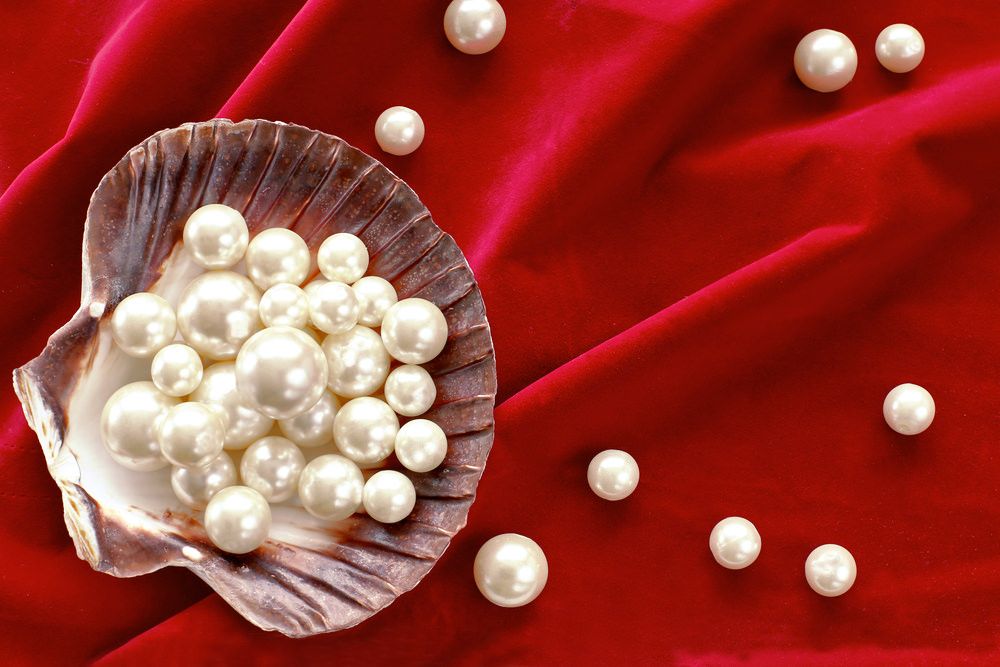
South Sea and Tahitian pearls also display a rich, deep lustre when cultured with excellent nacre quality. Their large size allows more light to reflect off their surface, amplifying their natural glow. A high lustre pearl will showcase a bright, mirror-like surface that reflects light sharply.
Imitation Pearls
One of the key differences between real and imitation pearls is their lustre. Natural pearls have an inner glow and iridescent quality from layers of nacre that reflects and refracts light. This gives them a deep, rich lustre.
Imitation or faux pearls are made with less expensive materials like glass, acrylic, resin or shell beads coated with a pearl essence lacquer. They reflect light more like a mirror. So instead of the diffuse glowing lustre of real pearls, they tend to have a more artificial-looking shiny surface.
According to jewelry experts, the lustre of high quality natural pearls is unmatched by any imitation pearl on the market. While top-tier faux pearls can have decent surface shine, they lack the inner glow and depth of luster found in real pearls [1].
However, for more casual everyday wear, faux pearls offer an affordable alternative and their lustre can still be beautiful. But for special occasion jewelry where maximum lustre is desired, genuine pearls remain the top choice.
Pearl Lustre Grading
Pearls are graded on various scales according to their lustre, which measures how well the pearl reflects light. The most widely used grading system is the A-AAA scale. This rates lustre on the following levels:
AAA – Highest luster possible, with intensely bright, sharp and clear reflections. These high quality pearls have a mirror-like surface.[1]
AA – Very bright and shiny luster, with crisp and clear reflections, though slightly less than AAA grade.
A – Clear, bright reflections but not quite as sharp as AA grade pearls.
B – Less bright and somewhat duller surface compared to A grade.
C – Noticeable dullness and lack of sharp luster.
D – Very little reflection visible on the pearl’s surface.
This A-AAA pearl grading system allows buyers to easily judge lustre quality when selecting pearls. The highest AAA designation represents the most ideal and brilliant lustre possible.[2]
Maximizing Lustre
There are several tips that can help maximize and maintain the lustre of pearls over time:
Clean pearls regularly using a soft, damp cloth to remove dirt, oils and residue that can build up on the surface. Avoid harsh chemicals or abrasives that could scratch or erode the nacre coating (Timeless Pearl).
Store pearls separately from other jewelry to prevent scratches. Place them in a soft jewelry pouch or lined box (Pearl Guide).
Apply a thin layer of quality pearl cream or polish every few months. Massage it gently into the surface and wipe away residue. This nourishes the nacre and enhances shine.
Avoid exposing pearls to hairspray, perfume, chlorine, acid, or other chemicals that can dull the surface over time.
Consider having pearls professionally repolished every few years. This removes accumulated residue and restores their original lustre.
High quality pearls with thick, healthy nacre tend to better retain their shine. So investing in the best pearls you can afford helps maximize long-term lustre.
Myths About Lustre
There are several common myths and misconceptions when it comes to pearl lustre. Many people believe that pearl lustre fades with time, but this is not necessarily true. With proper care and cleaning, quality pearls can maintain excellent lustre for many years. According to the Pearl Source, high quality pearls with thick nacre can retain their lustre for decades or even centuries if cared for properly.
Another myth is that all white pearls have the best lustre. While white Akoya pearls are prized for their sharp, reflective lustre, many pearls of other colors can also display excellent lustre. Metallic freshwater pearls in particular are valued for their exceptionally sharp, crisp lustre that literally appears metallic on the surface.
There is also a misconception that pearl necklaces and bracelets will lose their lustre with frequent wear. However, the warmth and moisture from skin contact will not cause pearl lustre to fade. In fact, wear and contact from skin oils can enhance the soft iridescent glow. As long as the pearls are cleaned periodically, regular wear will not diminish their lustre.
Some believe that pearls harvested from wild mollusks have superior lustre to cultured pearls. But lustre has more to do with the thickness of nacre and quality of the culturing process rather than whether a pearl is cultured or natural. High quality cultured pearls can achieve the same exceptional lustre as natural pearls. The Pearl Source explains that a pearl’s lustre is dependent on the health and care of the mollusk, not whether it grows wild or is cultivated.
While myths abound, the truth is that with proper care and cleaning, a high quality pearl’s lustre can remain stunningly brilliant for many decades. The key is starting with a top-grade pearl with excellent lustre to begin with, then maintaining it well.
Conclusion
In summary, pearl lustre refers to the iridescence and shine of a pearl. Lustre is considered the most important factor in determining pearl quality. Natural pearls develop their lustre from the combination of fine layers of nacre and the refraction of light within. The more layers of nacre a pearl has, generally the better the lustre. However, lustre does naturally diminish over time as the nacre thins. Proper cleaning and care can help maintain lustre. High quality pearls with thick nacre tend to retain their lustre well. Imitation and low quality pearls often have poor, weak lustre. Lustre grading scales help evaluators determine the strength of a pearl’s shine. While pearl lustre may fade slightly, proper care and cleaning can help maximize and extend lustre over the lifetime of a pearl.

